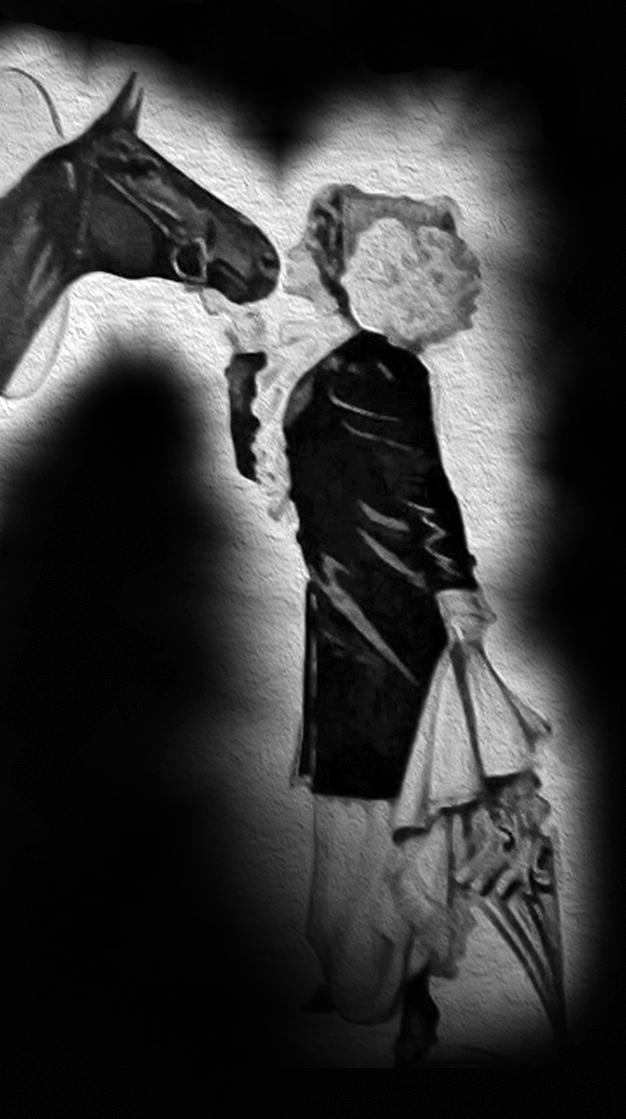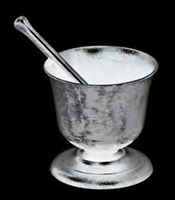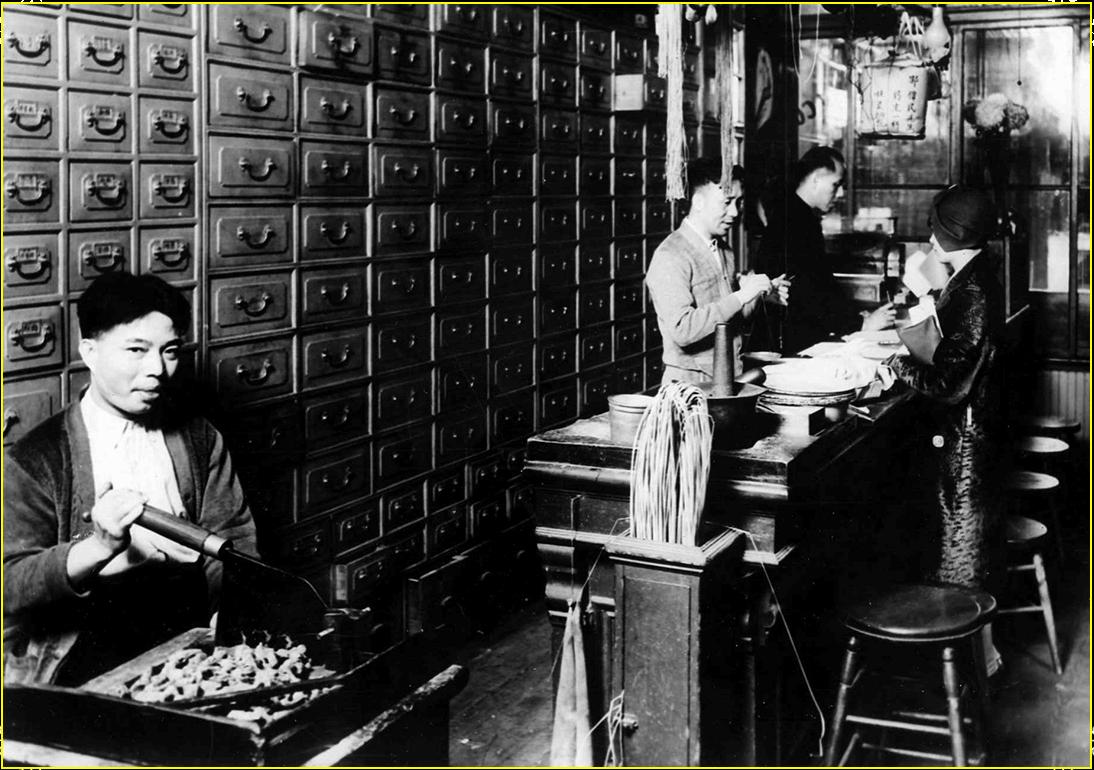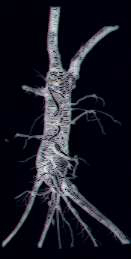The above photo is an interesting depiction of a San Francisco Chinese herb shop and dispensary. It is human nature to over-value exotic herbs when in reality, our most potent and useful medicinal plants are growing right in our own country. They are fresher, cheaper and just as potent. Scarceness is too often how we gauge desirability! Western herbal traditions are often treated as the poor cousin to the the Eastern Chinese protocols. Do this at your own peril!
One plant that has been over-looked in this regard is what we Midwesterners call a hedge tree. I have long adored this unique American Midwestern tree, Osage Orange ((Maclura pomifera. It is my sacred tree. I have many of these trees growing naturally on my farm. It never appears to die. It is unaffected by insect pests, fungi, viral, or bacterial blights. Its dead wood never decays in the short term. Fence posts can easily last 50 years out in the open. This tree contains an anti-microbial essence unique and long lasting! It is very similar to the olive tree in this regard, and we all know how medicinal the olive tree has been throughout history! I would like to suggest to you that America's Osage Orange tree is no less spectacular in its healing properties-not to be overlooked in systemic fungal or other anti-microbial syndromes. It is North America's answer to the South American Lapacho or Pau d'Arco tree.
Modern researchers are scrutinizing many of the compounds in the Osage Orange. One of the active compounds is Tetrahydroxystilbene (THS) which shows significant anti-fungal activity and probably is the one we are most interested in. It is also known as a Resveratrol analog. That name should ring a bell with most of you! Resveratrol (3,5,4'-trihydroxy-trans-stibene), a phytoalexin present in grapes, peanuts and pines has antioxidant and anti-inflammatory activities. The TV show, 60 Minutes did a piece on this exciting new compound as featured in wines a few years ago and set off the craze. There has been quite a bit of research done on Tetrahydroxystilbene as a tumor inhibitor. Here we find this wonderful substance in the Osage Orange and at much higher levels than can be found in red wine!
However, it should be noted that no one herb or tree is simply one isolated compound! An herb is a sum of its many parts and the Osage Orange tree should be considered in that light. You can take out of it tetrahydroxystilbene but there are far too many other synergistic compounds to only religate this tree to just a tetrahydroxystilbene source. It was found in a study below that tetrahydroxystilbene was not very effective against combating the common fungus, Candida albicans. I guarantee one thing! The Osage Orange tree is very resistant to Candida infections! So there is much more to this tree than just tetrahydroxystilbene! The Osage Orange is a soup of many anti-microbial chemicals working together to protect this tree in a way that few trees have ever been protected. It is just not about tetrahydroxystilbene, but because so much research has been done on this one compound, we will concentrate on it below.
There are a number of herbalists and alternative health researchers that will tell you that fungi in its many forms is the true general cause of cancer and other chronic diseases. It may or may not be, but I am sure of one thing, fungi is absolutely underestimated by the medical community in the havoc it can cause in both human and animal pathology. There are few really good, nontoxic antifungals out there for one to use. Osage Orange is one plant that can bring you a very effective non-toxic, antifungal component. There isn't much out there on the Internet on the value of Osage Orange for medicinal purposes. You will run across some people using the hedge apple fruit as the main part of the tree to fight cancer, etc. I doubt seriously they are doing themselves justice by concentrating on just the fruit, though the fruit does contain some unique compounds. As with most medicinal trees, the value is not in the fruit, but found in the leaf or the inner bark of trees. Osage Orange should be no different! Almost without exception in the herbal literature, the inner bark (cambium layer and phloem) contains the most powerful concentration of a plant's chemicals. Compare the Osage to the Olive tree. The olive fruit is unpalatable in its natural state just like the Osage orange ball and both are not the part of the tree generally used in herbal medicine as a remedy. If you want to experiment with Osage Orange, I would suggest either the ethanol extract for oral use or the DMSO extract for topical application in your animals: I am not a commercial producer of tinctures. I just make a quality tincture for my own use and make a little extra on the side. The leaf and the fruits are the easiest components to obtain for medicine making. The heartwood, less so and the inner bark probably the most time consuming of all to collect and process. Prices for Osage Orange tincture will reflect this. You will pay higher prices for the inner bark and heartwood tincture as compared to the fruit and leaf tinctures. Check for availability!
Below Prices and shipping costs are for the USA only:
(for a large multi-item order, write for better shipping costs)
1. Osage Orange Tincture (leaf). . . . . . . produced by a cold ultrasonic maceration extraction process of the fresh leaf in either 80% ethanol or 99+% DMSO. A study has shown the leaf to contain the triterpene Lupine which has shown to have antimicrobial effects, along with deactivating melonoma cells and other cytotoxic activities. The leaf tincture could also likely contain five valuable flavonoids and anti-fungal extracts similar to its close relative, Maclura tinctoria. Its leaf should be of use as a cheap safe means of fighting all antimicrobial infections and melonoma. Bottled in glass with dropper............$12.00 (1 oz) or $20.00 (2 oz)
Admittedly, this seems an expensive book, but thumb through it and you will change your mind. One almost always receives what one pays for. Compared to the others on the subject, this text is a creature of a different stripe. It is 2-3 times longer at 519 pages, containing information that is not just regurgitated as found in similar books. It will give new insight into why the Budwig Protocol works, how to tweak it, and how to formulate cancer/pain remedies in the home or clinic saving hundreds, if not thousands of dollars. Cancer is too often a money making business. This book will save you money.
The Greek philosopher, Heraclitus (500 BCE), cherished independent thought and felt most humans tend to pass through their lives in a metaphorical state of sleep. They are sleepwalkers that never question the status quo. He considered the rare person, the one who focused on the Critical Pursuit of Truth, the awakened one. The truth seeker as the only one among us that can induce progress. A famous variant translation from his work: The only constant in life is change itself Nothing ever remains the same with this being true of evolving science. It has always mystified me that the Budwig Protocol has remained so static over the years since its inception in the 1950s. It has always perplexed me that the general principles have never been challenged in the light of new, ever-expanding scientific knowledge. I wrote this text for the independent thinker to recognize the static inclinations and biases often present in the human condition. I also wrote this work for those sufferers who are not making progress following the traditional protocol of Dr. Budwig after following her system to the exact letter as it was historically practiced. May this work give them food for thought, encourage them to experiment for better results, embrace change, and not be stymied by tradition. This book is unique in that it analyzes her work with what is currently known in the scientific field. It contains extensive scientific documentation backing up these new proposed conclusions to enhance her original treatment. Dr. Budwig was brilliant, but she got a few things wrong and this book delves into those problems. This is to be expected in a scientific work developed in 1950! This book came to some important conclusions:
· First and foremost, her flax seed oil is not the most optimum oil to utilize. It is far too heavy in the Omega-3 linolenic fatty acid. We need an oil formula that contains more of the Omega-6 linoleic fatty acid, the most molecularly important polyunsaturated fatty acid (PUFA) found in the membranes of all cells, particularly the mitochondria. The Omega-3 linolenic fatty acid is much less important in this aspect. One can formulate a better oil.
· This book shows how to obtain an oil with these properties. The best and freshest seed oil is home-pressed where one can immediately place it in the freezer and only make enough that can be used in a few weeks. Most commercial cold-pressed seed oils have a tendency to become rancid or go that way by the time the buyer purchases it. This book demonstrates how to press seed oil in the home for the most potent and freshest oil.
· Cottage cheese is not necessary for digestion of her oils. This book shows why this is true from the newest physiological data that we now know how linoleic and linolenic fatty acids are absorbed into the digestive tract. Cottage cheese or quark mixed with the oil is okay, but not necessary.
· The most valuable purpose or need of the Omega-6 linoleic fatty acid is not so much its contribution of electrons as Dr. Budwig so emphasized, but its molecular configuration that allows easy passage of oxygen through the cellular and mitochondrial membranes. This book shows how this happens and why. It also shows why the Omega-3 linolenic fatty acid cannot substitute for this property and why the Omega-6 is so much more important and should be the major PUFA found in an oil.
· Dr. Budwig's diet if far too restrictive, one-size-fits-all, for many individuals. This book goes into detail of the best diet to utilize, the ketogenic diet that starves cancer cells by limiting glucose and glutamine intake that feeds cancer. We want to starve cancer!
· Dr. Budwig was dead-set against supplemental antioxidants, particularly Vitamin C. This book shows why this is totally wrong and in fact, supplemental antioxidants actually help with PUFA oil preservation and utilization.
· Dr. Budwig was critical of anyone using her protocol not to use other protocols. This book considers this an ego trip and that there are at least two other protocols that could enhance her treatments, the Dr. Emanuel Revici Protocol and the Dr. Kelley/Nicholas Gonzalez pancreatic enzyme protocol.
· This book suggests a unique hybrid Protocol using Dr. Budwig's Protocol woven in with the Kelley/Gonzalez and Dr. Revici's systems for a more powerful treatment.
· This book also suggests a veterinary Budwig protocol for your pets and is the basis for the writing of this book.
· This book suggests the use of some supplements that should prove valuable and adjuvants to the Budwig Protocol. They include chapters on the Osage Orange tree extracts, common bindweed extract, methylene blue, dilute hydrogen peroxide, dilute hydrochloric acid therapy, fermented wheat germ extract, and ozone therapy. All of which the average person can often formulate at home and save hundreds of dollars.
I conceived my exercise in this pursuit of an alternative cancer cure because of my mother's death from ovarian cancer, my father's death from cardiovascular disease, my maternal great-grandfather's death from prostate cancer, and my paternal grandfather's death from bone cancer-all are modern diseases escalating in the 20th and 21st centuries. They were the ones that drove me to search for another way other than relying on the modern medical dogma, which failed them. Perhaps what capped my search for the truth for a cure was when I became an owner of an ex-racing greyhound, who developed osteosarcoma. Had I known when I first obtained her she would be the impetus to an ongoing personal obsession for years to uncover the truth along with being a stimulus of so much of my future time, it would have mortified me. Yet, in hindsight, I could not be more grateful to this old girl and the lessons she taught me not only for the betterment of my health but hopefully, for others, too.
Press Your Own Seed OIl!
This book details how anyone can make the cheapest, freshest medicinal seed oil at home. Unfortunately, commercially prepared and purchased cold-pressed seed oils are often going rancid, if not already there by the time they reach the store's shelves. It is just the nature of the beast because they can oxidize so quickly. The only reliable way of obtaining a potent medicinal seed oil for use in the Budwig Protocol is to make your own! It is not that hard! A rancid oil is a toxic oil and feeds cancer! If your commercial seed oil tastes the least bit unpleasant or smells off--chances are it is bad.
Dr. Revici's Genius and his Cancer Treatments
Dr. Revici achieved phenomenal success in treating hopeless terminal cancer patients while practicing during his later years in New York on par with Dr. Budwig's success rates. John Heller MD (past medical director of Sloan-Kettering Memorial Cancer Center) may be typical of those who have observed his practice over the years. He wrote: "I've known him for ten years. I don't know how he does it, but people walk in dead and walk out alive.". Two chapters are devoted to his work and therapeutics.
Part 2 Supplements that can Enhance the Budwig Protocol
Part Two of this book list a few supplements which may prove useful in treating cancer. One whole chapter is devoted to the North American Osage Orange tree detailing the many anti-tumor compounds found in the fruit, inner-bark, heartwood and leaf. This tree is also known for its immune stimulating, anti-fungal, and non-toxic compounds. It has long been utilized as a folk remedy for cancer, but there are better ways to process, extract these useful compounds in a more scientific manner. This book explains how to do this. Other useful supplements covered include methylene blue, fermented wheat germ, bindweed extract, ozone therapy, dilute hydrochloric acid therapy, and dilute hydrogen peroxide nebulization.
This is a condensed edition of my more in-depth text, The Budwig Cancer Protocol, A 21st Century Perspective. I have whittled down a 519-page science-heavy text directed more for the alternative health professional into a simplified, easier-to-read edition for a lay readership with limited science education. It is also a less expensive version more accessible to a wider array of readers.
The Budwig Protocol was one of the most effective alternative medical treatments for cancer in the mid-20th century with a projected 90+% cure rate at that time. It brought many documented hopeless cases back from sure death in hours. This is the first text to scientifically analyze Dr. Johanna Budwig's Protocol in 21st-century terms, suggesting tweaks that could make it a more potent treatment. It answers the questions often asked such as is cottage cheese necessary to be mixed with her oil? Is Vitamin C really taboo along with other antioxidants? Is flax oil really the best oil to use? What is the best formulation of oil and how must it be stored? Is her diet really the best it could be? Are fruits really that good for cancer patients? This book also covers a veterinary protocol enabling your cancerous pet to have a better life and hopefully achieve a cure. It also suggests other protocols closely related to Budwig which can be utilized in conjunction for a more likely cure with biohacks that one can use to save money and produce a better medicinal.































